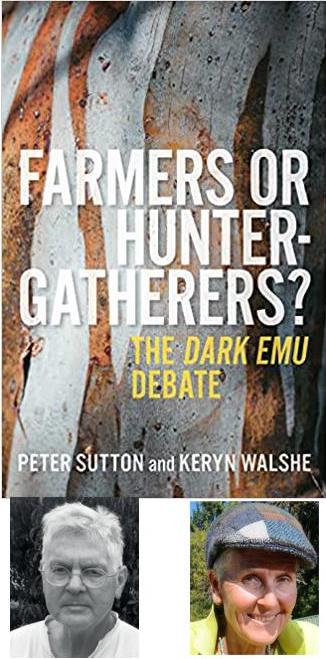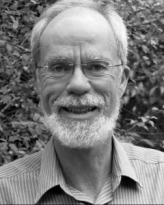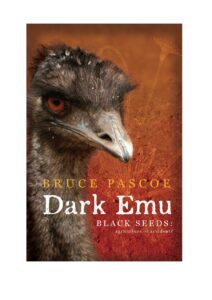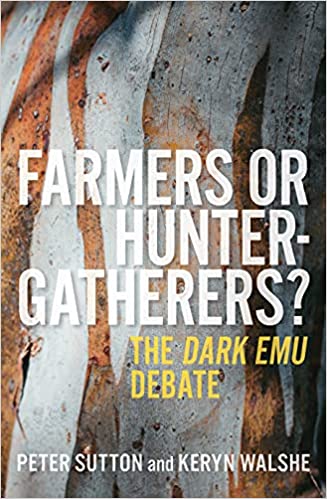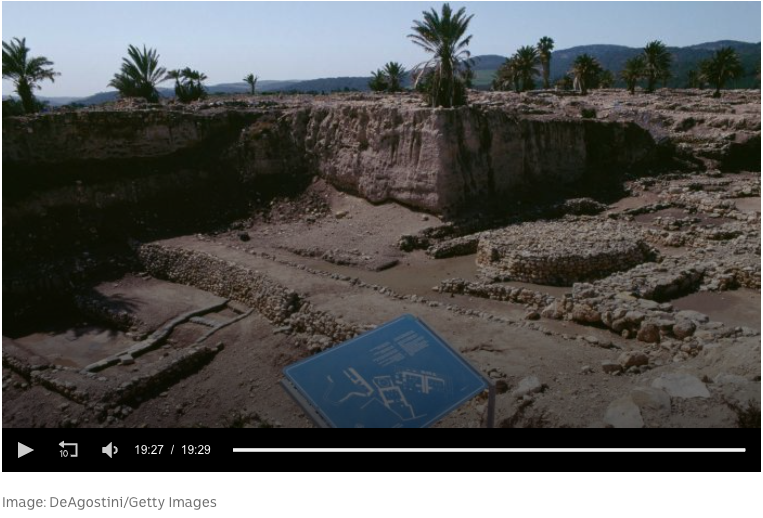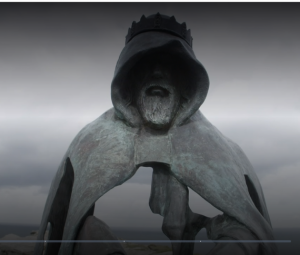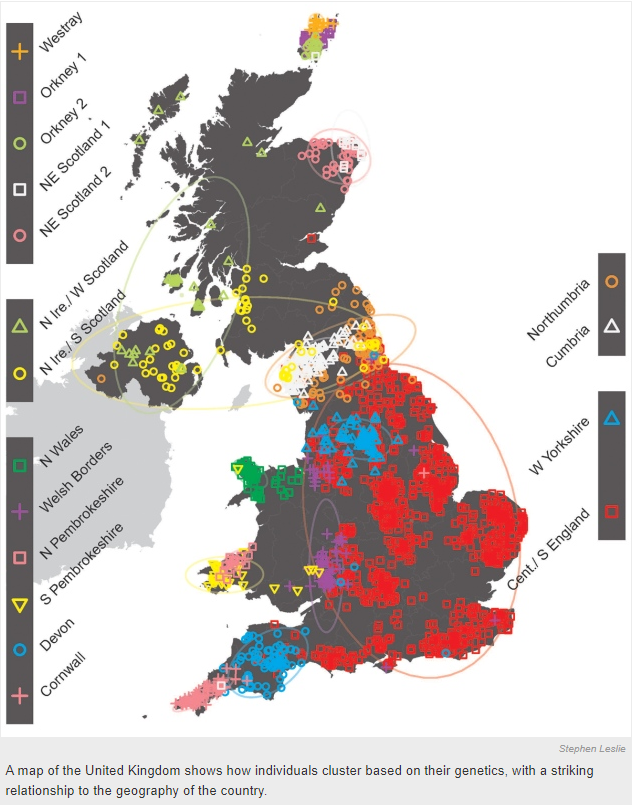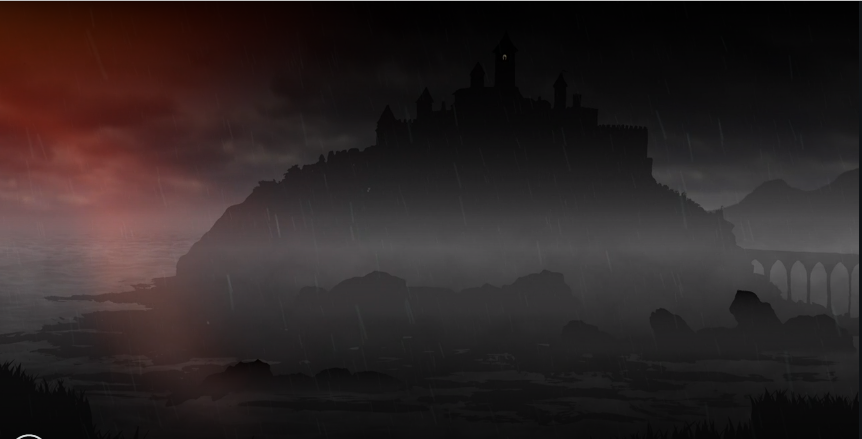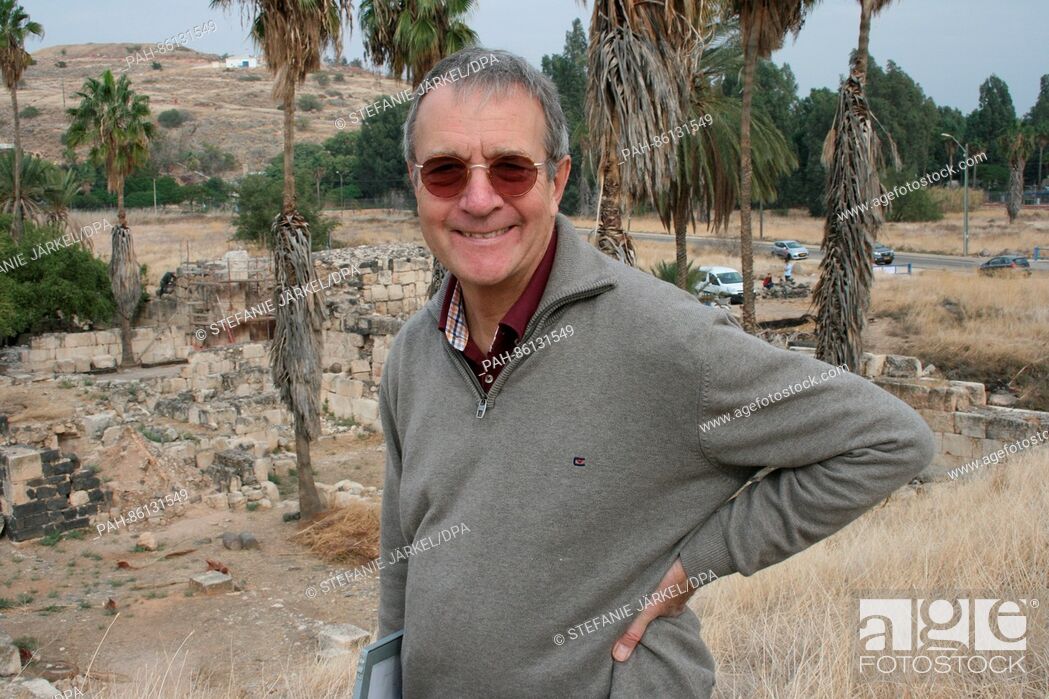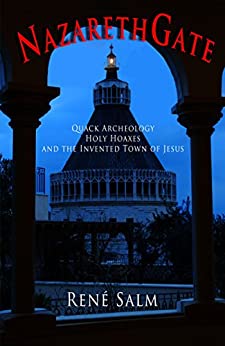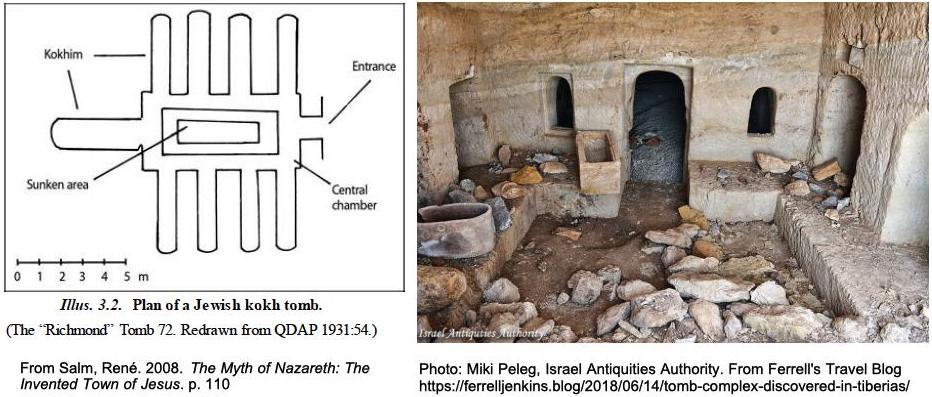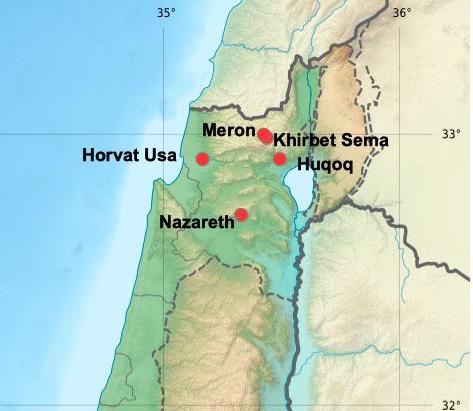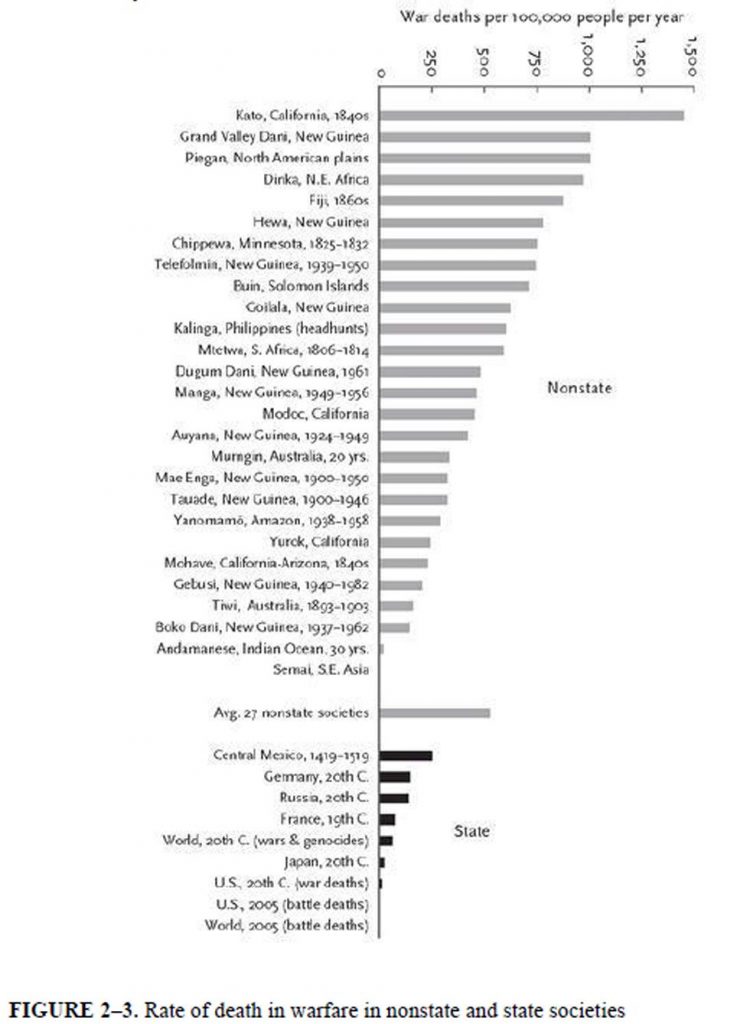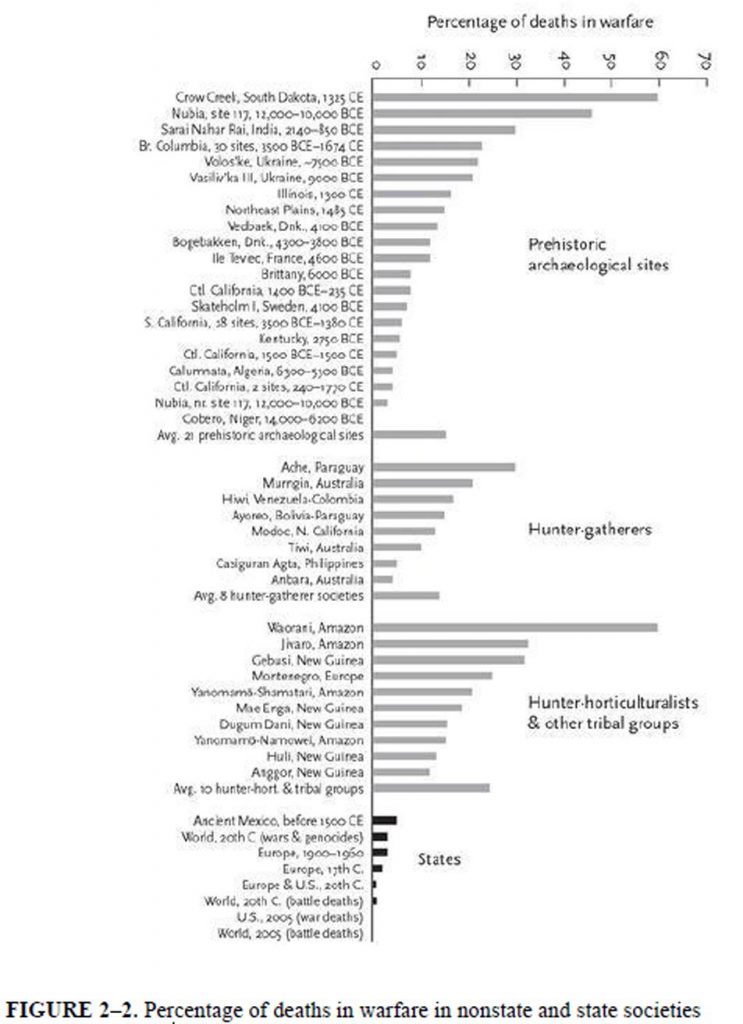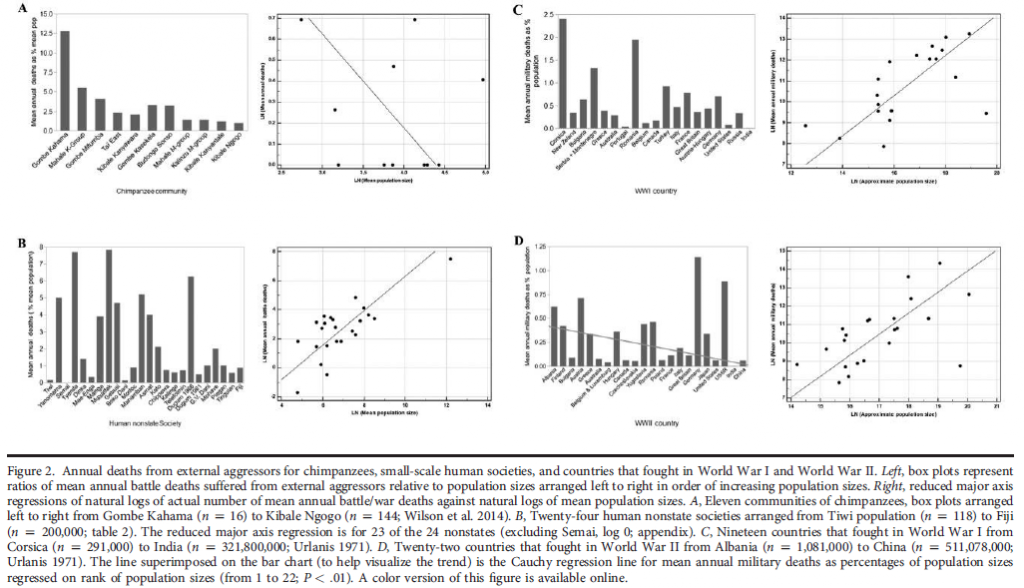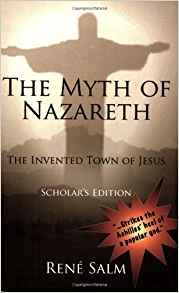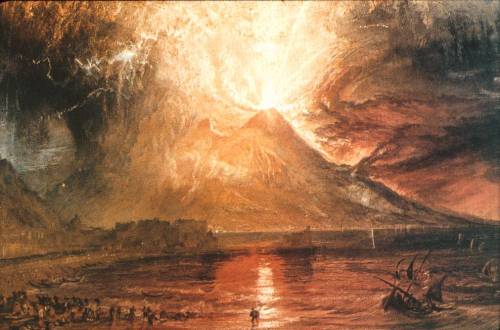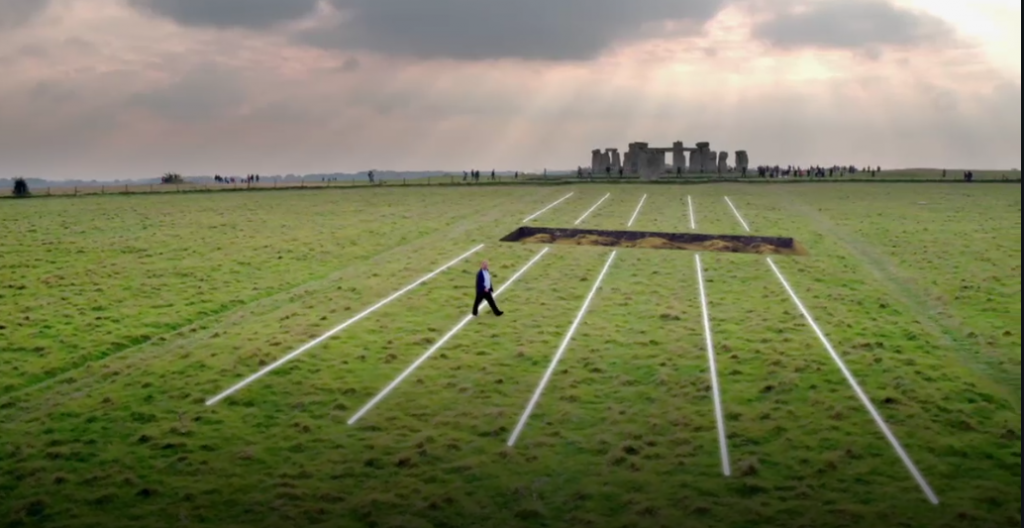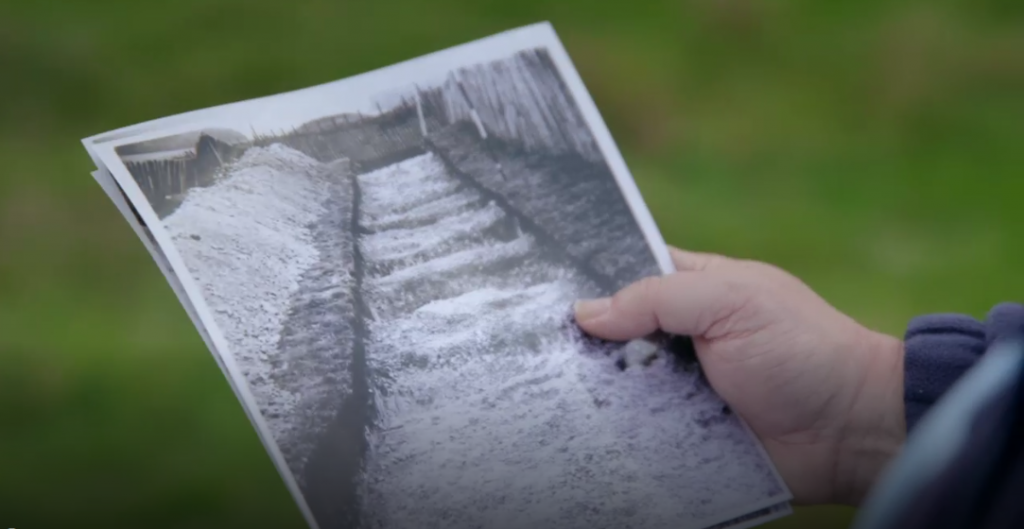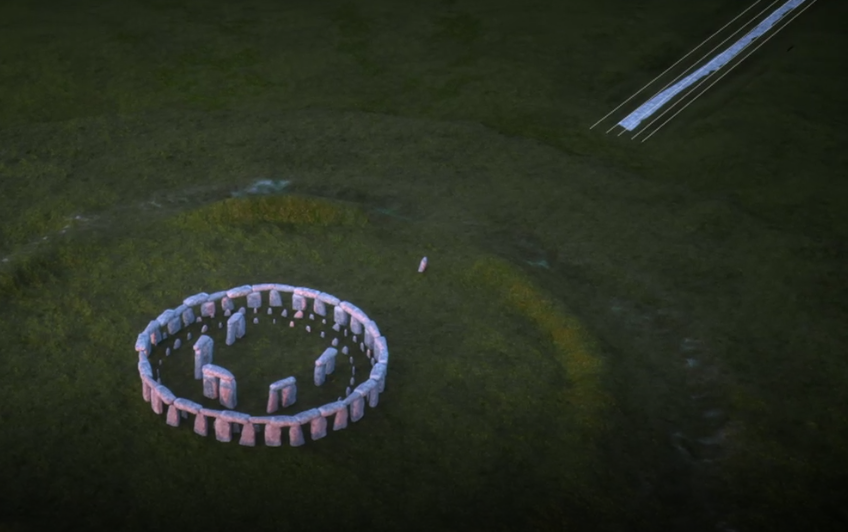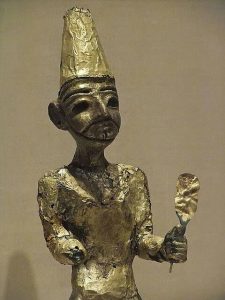In his review of the GRC eConference on the historicity of Jesus Richard Carrier wrote with respect to the claim that the town of Nazareth did not exist in the early first century CE
There is no good case to be made that Nazareth did not exist as a town in the early first century, nor would it at all matter (OHJ, index, “Nazareth”). All the arguments to this effect ignore contrary evidence (e.g. an inscription establishes Nazareth as one of the towns that took in priests after the destruction of the temple, which entail Nazareth had to be a well-developed town by then—indeed, not a hick village either, but a place a member of the temple elite would not be embarrassed to settle at) and derive from invalid arguments from silence (e.g. we simply have not excavated hardly any of the locality now identified as Nazareth and cannot even establish that that is the same town as anciently named—a problem also with Bethlehem, which Zindler also incorrectly said we could “prove” didn’t then exist). And continuing to insist on this unprovable makes mythicism look crank, not least because the town’s not existing would have no more to do with the historicity of Jesus than Bethlehem’s not existing would: every historicist agrees Jesus was never associated with Bethlehem outside scripturally-inspired fiction, so its not existing has zero effect on the probability Jesus existed. Jesus was clearly linked to Nazareth for the same scriptural reasons, which also means the town had to actually exist when the Gospel authors chose it as fulfilling a prophecy they themselves admitted did not actually mention it (e.g. Matthew says the prophecy was that the messiah would be a Nazorian, not a Nazarene—a fact obscured by over-meddling translations—so if they were inventing a town to match, it would have been Nazoria, not Nazareth: see Proving History, index, “Nazareth”). It’s unlikely some obscurely new village would be known to the authors of the Gospels so as to be employed this way.
I did not listen in on that conference but I expect that Frank Zindler would have referred to René Salm’s study of the scholarly publications on the archaeological excavations of Nazareth in his two books and on his webpage.
Carrier’s first sentence is a value judgment that I believe can be demonstrated to be based on ignorance or misunderstanding of the details of the arguments advanced in Salm’s work. Carrier’s second sentence is false and leads one to suspect that he has either never read or has forgotten what he read in Salm’s and another’s arguments.
The Inscription Best Left Unmentioned

The inscription that Carrier indicates as evidence of “a well-developed town by” the first century was in fact “discovered” under highly questionable circumstances by Jerry Vardaman, a person whom Carrier has elsewhere and in another context described in terms such as “insane”, “not to be trusted”, tainted with “chronic mental illness”, “madness”, “absurdity”, “weirdness”, “nonsense on stilts”, a maker of “profoundly absurd” and “fanatical assertions”, “[ranking] right up there with Erich von Däniken’s Chariots of the Gods.”
Likely agreement with Carrier’s assessment is found in a letter by a president of the American Society for Overseas Research (ASOR) that he wrote to an academic peer about his experience with Jerry Vardaman’s competence and character as witnessed on an archaeological dig:
Jerry Vardanian was an unmitigated disaster from start to finish. Hence, we could not invite him back for solid training. He does not have the judgment, the temperament, nor the essential honesty and solidity of personality that he could be trusted with any work in the Near East on his own. . . .
Then, while the Director of Antiquities in Jordan, Awni Dajani, was on his death bed, the current Department of Antiquities, as well as the University of Jordan, believe it to be a fact that Jerry bribed Awni’s cousin, Rafiq Dajani, to get a permit to dig at Machaerus. . . . . .That expedition was, from every point of view, a disaster. In any event, when Jerry came back into the country to see about digging again, the Department of Antiquities issued orders to the police to arrest him at the airport. The only way he was rescued from arrest and having to stand trial was that the American ambassador went to bat for him and asked that the matter be settled quietly to prevent the scandal from appearing in the papers. Now, as though that were not enough, this man has the continental gall to start it again. . . .
. . . He simply cannot be trusted to do anything right, not even when he is watched every minute. He is as devious and as untrustworthy an ambassador in the Near East as any man could possibly be.
Salm’s translation of Enrico Tuccinardi’s research into the authenticity of the Caesarea Inscription begins here. Salm’s fuller discussion of the circumstances of the so-called discovery of that artefact begins here and the subsequent posts can be followed easily from this point.
One has to conclude that Carrier has forgotten or failed to read earlier work that René Salm tried to point out to him, including the publication by Enrico Tuccinardi.
Invalid arguments?
Carrier’s cavalier swipe at the validity of the arguments on the basis that “we simply have not excavated hardly any of the locality now identified as Nazareth and cannot even establish that that is the same town as anciently named” ignores the arguments from the evidence that does exist. Even if the area Jesus happened to have grown up in is under a block of units and for that reason cannot be excavated, archaeologists can see what remains do exist in the surrounding areas and it is clear when nearby settlements were extant and when they were not. Settlements exist with surrounding farm areas, cemeteries, and other markers and it is the fact that we have evidence for these things at the wrong time.
The issue at hand is chronology, not location. The valley floor is now heavily built over and will in all likelihood never be excavated. This is convenient for those who claim a village there in the time of Christ, but it is untenable on several grounds. First of all, it is hardly likely that the village predated its tombs. The dozens of scattered tombs from Roman Nazareth that have been excavated on the hillsides all postdate 50 CE. This shows that the village did also. As was stated: “The earliest tomb at Nazareth is a significant clue regarding the existence of a village” (Chapter 4, p. 157). . . . . (Salm, Myth, p. 289)
And as for not addressing counterarguments, Salm continues,
It is worthwhile to consider the various counter-arguments to the evidence, because the issue of Nazareth in the time of Jesus is so explosive. In the case of the putative Hellenistic tombs mentioned above, once such tombs are shown not to be on the hillside of the Nebi Sa‘in, then one might assert that they were elsewhere—perhaps on the valley floor itself. But this too makes little sense, and is a reversal of what one would expect: presumably, the ancient Jews were living on the steep and rocky hillside, and constructing their tombs on the flat valley floor! (p. 290)
And so forth. A full treatment would take several lengthy posts but René Salm has already set much of it out — apart from his books — on his website.
I will mention just one more support for Salm’s work. It is correspondence from one the archaeologist Hans-Peter Kuhnen. I have posted about that here.
The Fear of Being Called a Crank Factor
Another acerbic online critic who often makes sweeping claims that have a misleading appearance of sounding well-researched and knowledgeable is Tim O’Neill. O’Neill has made one of his motivations quite clear: mythicism will make atheists look like nutters. So he knee-jerks and kicks mythicism whenever he can, usually from a position that is only partially informed. I fear that it looks as though Carrier may be a victim of a similar fear when he complains that arguments against the existence of Nazareth make mythicists look like cranks.
So let’s take a sober look at what is at stake here.
Is the Nazareth Question Important?
Postscript, 2nd Oct 2021:
Of course, Nazareth is a significant factor in the historical Jesus debate. True, it is not necessary for Nazareth to have been settled to support Richard Carrier’s “minimalist historical Jesus” figure that he uses in his hypothesis for the unlikelihood for the historicity of Jesus. Many of us see its irrelevance from such an intellectual perspective. But in the wider culture, or in “the real world” we might say, it does have a very strong significance. Witness the tourist industry related to Nazareth, the holy sites historically preserved there over the centuries, for starters. Even in mainstream scholarly circles, we can find the argument presented that the “criterion of embarrassment” “proves” the historical Jesus came from Nazareth. It is a prominent feature of mainstream historical Jesus scholarship that the authors of both the gospels of Matthew and Luke supposedly tied their narrative in knots just to work out a way to get Jesus from Bethlehem (where he had to be born to fulfill the messianic prophecy) to Nazareth (from where “oral tradition” was so insistent as the place he was known to come from). The same scholarship is very clear: it posits that the Nazareth association was so important in the wider knowledge about Jesus that the evangelists somehow felt compelled to write contradictory and convoluted narratives to explain how that “general knowledge” came about.
It is no wonder that some mainstream historical Jesus scholars choose to respond to René Salm’s research with insult than engage in an intellectually honest way with the evidence he has published.
Is any knowledge important? Is any research into learning more about our world and our history important?
If Nazareth was not a town at the time of Jesus’ upbringing then legitimate and productive questions must arise. If the gospels speak of Nazareth, presumably their authors wrote at a time when the village existed and presumably that must be some considerable time after the setting of the events they narrate, most reasonably well after 70 CE. If Nazareth did not exist then it strengthens any argument that Jesus was originally known by an epithet that was not related to the town and refutes the view that some continue to hold that Jesus was known by his place of early residence. What were the origins of the revival of settlement at Nazareth some time after 50 CE, what were the general conditions of the time, what was happening in that region?…. all of this information would be potentially significant for any investigation into the period leading up to the Bar Kochba war and final destruction of Jerusalem.
Carrier cites his works On the Historicity of Jesus and Proving History for further discussion but a quick re-scan tells me that neither of these references go much beyond saying that the existence of Nazareth is irrelevant to the question of the historicity of Jesus. Of course, it is fallacious to argue if Nazareth didn’t exist then Jesus didn’t either. But its nonexistence certainly raises questions about when the gospels were written and how and when Jesus came to be associated with that town. Yes, Matthew twists a prophecy to make Nazareth seem the logical place for Jesus’ early years, so presumably Matthew knew of the town, and presumably he believed it to be long-established by his time, so presumably he was writing as late as…..? The answer to that question has major consequences in any reconstruction of Christian origins.
That opponents of the view that Nazareth did not exist (and I am thinking here more broadly than Carrier) react with such vitriol against the thesis and against René Salm personally, with misrepresentation and worse, suggests to me that the question of Nazareth is most certainly very important in many quarters. So much so that tactics that go beyond mere intellectual tools of honest inquiry are brought to bear in the “debate”.
.
.
Salm, René. The Myth of Nazareth: The Invented Town of Jesus. American Atheist Press, 2008.
I like the above work better for its consistently academic style but the one below is of course more complete with updated material. In the 2008 work, Salm discussed the Caesarea Inscription demonstrating its irrelevance to the main thrust of his thesis despite some views at the time that it verified a settlement at Nazareth in Jesus’ time. It was only after Enrico Tuccinardi alerted him to the character of the “discoverer” of the inscription that Salm eventually came to the same conclusion that it was a forgery.
Salm, René J. Nazarethgate: Quack Archeology, Holy Hoaxes, and the Invented Town of Jesus. American Atheist Press, 2015.

